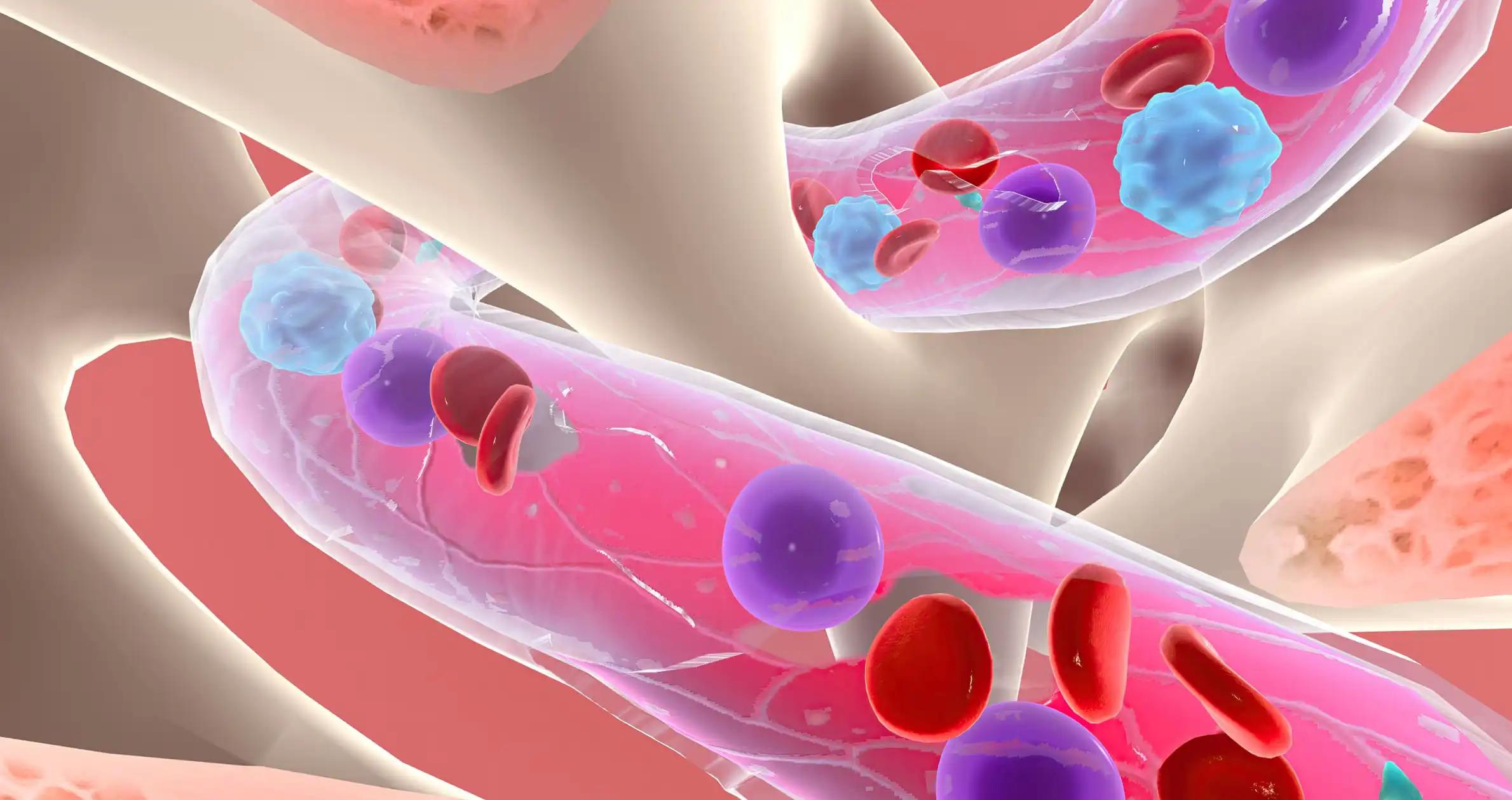KEY TAKEAWAY
- The IELSG39 phase II trial assessed a six-month doxycycline regimen in OAML pts.
- The study’s primary endpoint was 2-year PFS.
- The six-month doxycycline course was both safe and effective for stage-I OAML patients.
In regions where there is a high correlation between ocular adnexal MALT lymphoma (OAML) and Chlamydia psittaci (Cp) infection, a 21-day treatment of doxycycline has yielded an overall response rate (ORR) of 65% and a two-year progression-free survival (PFS) rate of 60%, as evidenced by the IELSG27 study (Ferreri et al., JCO 2012). Yet, only 50% of patients (pts) experience successful Cp eradication, significantly affecting treatment outcomes. One reason for this could be the long-lasting presence of Cp in macrophages in a metabolically inactive form known as elementary bodies, which are resistant to antibiotic treatment. To address this, an extended antibiotic regimen was explored in a multicenter phase II trial (IELSG39) that involved a six-month course of doxycycline for OAML pts.
The study included HIV-negative adults who had previously untreated stage-IEA OAML. They received a treatment of doxycycline at a dosage of 100 mg twice a day for a period of 4 weeks, followed by a 4-week break. This cycle was carried out three times. Cp DNA levels were measured using real-time PCR on tumor samples taken at diagnosis and monitored through conjunctival swabs and PBMC every six months. Tumor responses were evaluated using orbital MRI and ophthalmological examinations at six-month intervals. The main endpoint for the study was the two-year PFS, with the principal objective of elevating the two-year PFS from the 60% reported in the IELSG27 study to 75%. To discern this level of difference, a sample size of 30 pts with Cp-positive OAML was required under conditions of a one-sided test with a 5% alpha and 80% beta. If 17 or more Cp-positive OAML pts remained progression-free after two years, the treatment regimen would be deemed effective.
A total of 44 pts were enrolled in the study between March 2013 and May 2016, with a median age of 58 years (age range 31-85) and a male-to-female ratio of 0.63. Of 33 evaluated pts, Cp DNA was detected in 21 (64%); PCR tests for the remaining 11 are still underway. The doxycycline regimen was well-tolerated, with all enrolled pts completing the treatment as scheduled. The best objective response was noted as complete in 14 pts and partial in another 14, resulting in an overall response rate (ORR) of 64% (95% CI = 50–78). The median time to achieve the best response was 9 months, between 3 and 34 months.
Regarding the primary endpoint, 32 pts were relapse-free at the 2-year mark: 18 had Cp-positive OAML, 7 had Cp-negative OAML, and the PCR results for 7 others are pending. At a median follow-up period of 83 months (range 10-115), 23 pts remained relapse-free, having a 2- and 5-year PFS of 75% (95% CI 74–77) and 55% (95% CI 49–59), respectively. Patients with Cp-positive OAML showed a 2- and 5-year PFS of 90% (95% CI 90–91) and 65% (95% CI 61–69). All enrolled pts are alive. Complete data on bacterial eradication rates and ongoing monitoring will be disclosed at the congress.
The six-month doxycycline course proved safe and effective in patients with stage-I OAML. The treatment not only met the predefined efficacy benchmarks but also demonstrated superior results compared to the 3-week regimen used in the IELSG27 study. These findings indicated that an extended duration of antibiotic treatment enhances control over the lymphoma.
Source: https://onlinelibrary.wiley.com/doi/10.1002/hon.3163_66
Clinical Trial: https://classic.clinicaltrials.gov/ct2/show/NCT01820910
Ferreri, A.J.M., Sassone, M.C., Cangi, M.G., Magliacane, G., Zanussi, S., Marino, F., Flospergher, E., Vicari, N., Bongiovanni, L., Cin, E.D., Cavallo, F., Re, F., Anastasia, A., Mannina, D., Bassan, R., Vallisa, D., Pulsoni, A., Bonomini, L., Bertoni, F., Dolcetti, R., Zucca, E. and Ponzoni, M. (2023), THE IELSG39 TRIAL: EFFICACY OF FIRST-LINE CHLAMYDIA PSITTACI ERADICATION WITH A SIX-MONTH REGIMEN OF DOXYCYCLINE IN PATIENTS WITH STAGE-I MALT LYMPHOMA OF THE OCULAR ADNEXAE. Hematological Oncology, 41: 106-107. https://doi.org/10.1002/hon.3163_66



